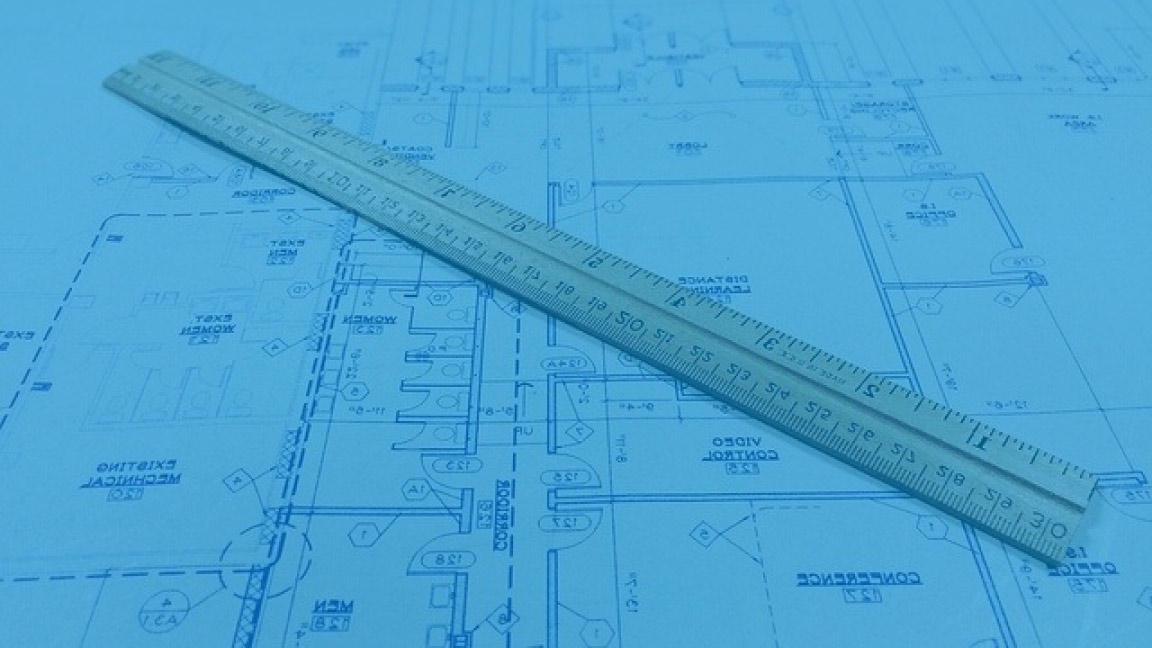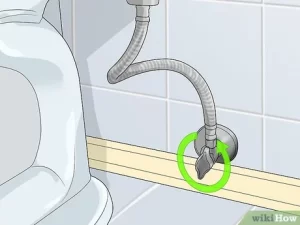
Unlocking the Architectural Secrets: A Guide on How To Get Blueprints of Your House Online
Introduction
Discovering the blueprints of your house can be an exciting journey, providing valuable insights into its design and structure. In the digital age, obtaining house blueprints online has become more accessible. This comprehensive guide will walk you through the steps, resources, and frequently asked questions on how to get blueprints of your house online.
Table of Contents
- The Significance of House Blueprints
- Identifying Your House’s Architectural Style
- Online Resources for House Blueprints
- 3.1 Government Websites
- 3.2 Online Blueprint Platforms
- 3.3 Architectural Archives
- 3.4 Real Estate Websites
- The Role of Historical Societies
- Blueprint Reproduction Services
- Tips for Effective Blueprint Searches
- The Legal Aspects of Obtaining Blueprints
- Common Challenges and How to Overcome Them
- Frequently Asked Questions (FAQs)
- Conclusion
1. The Significance of House Blueprints
House blueprints are detailed architectural drawings that depict the layout, dimensions, and construction details of a property. Whether you’re planning renovations, curious about your home’s history, or troubleshooting structural issues, blueprints are invaluable documents that provide a deeper understanding of your house.
2. Identifying Your House’s Architectural Style
Before embarking on the quest for blueprints, understanding your house’s architectural style can streamline the search process. Different styles have distinct characteristics, and this knowledge can help you target resources that cater to specific architectural periods.
3. Online Resources for House Blueprints
3.1 Government Websites
Many local government offices maintain online databases with records of building permits and blueprints. Start by checking your city or county’s planning department website. Some areas provide public access to these records, allowing you to search and download blueprints directly.
3.2 Online Blueprint Platforms
Several online platforms specialize in hosting a vast collection of house blueprints. Websites like BlueprintFinder, Houseplans.com, and Architectural Designs offer searchable databases. You can often filter results based on factors such as style, size, or number of bedrooms.
3.3 Architectural Archives
Architectural archives and libraries, both local and national, can be treasure troves of historical blueprints. Institutions like the Library of Congress or state archives may have collections that include architectural drawings of homes. Some archives also collaborate with online platforms to make their collections accessible.
3.4 Real Estate Websites
Real estate websites, especially those specializing in historic or unique properties, may provide access to blueprints as part of their listings. When searching for your house on these platforms, look for listings that include architectural details and historical information.
4. The Role of Historical Societies
Local historical societies are excellent resources for homeowners seeking historical blueprints. These organizations often preserve documents related to the architectural history of an area. Reach out to your local historical society or visit their website to inquire about the availability of blueprints for your house.
5. Blueprint Reproduction Services
If obtaining original blueprints proves challenging, consider using blueprint reproduction services. Some companies specialize in reproducing architectural drawings based on existing plans or photographs. While this option may involve a cost, it can be a valuable investment, especially for older homes.
6. Tips for Effective Blueprint Searches
- Gather Information: Collect as much information about your house as possible, including its address, year of construction, and any known details about the architect or builder.
- Use Multiple Sources: Don’t rely on a single source. Check government records, online platforms, archives, and historical societies to maximize your chances of finding blueprints.
- Be Persistent: Finding blueprints may require persistence. If your initial search doesn’t yield results, try different combinations of keywords and be patient in your quest.
7. The Legal Aspects of Obtaining Blueprints
When seeking blueprints online, be aware of legal considerations. Some documents may be protected by copyright, and unauthorized use or reproduction could violate intellectual property laws. Ensure you have the right to access and use the blueprints you obtain, especially if they are hosted on private platforms.
8. Common Challenges and How to Overcome Them
- Limited Online Availability: Not all blueprints may be available online. In such cases, consider reaching out to local government offices, historical societies, or archives directly.
- Incomplete Records: Some older properties may have incomplete or missing records. In these instances, consulting with local historians, neighbors, or previous owners might provide valuable leads.
Frequently Asked Questions (FAQs)
1: Are blueprints public record?
Yes, blueprints are often considered public records, especially for properties with recent construction. Government offices and planning departments typically maintain these records.
2: Can I find blueprints for any house?
While it might be challenging for very old properties or those built before certain record-keeping practices were established, efforts should still be made. Records may exist in local archives or historical societies.
3: How much does it cost to obtain blueprints?
Costs vary. Some online platforms offer free access, while government offices may charge a small fee for document retrieval. If you commission a reproduction, costs can range from a few hundred to several thousand dollars.
4: Can I find blueprints for my house online?
Yes, many online platforms provide access to a wide range of house blueprints. Search by address or specifications to find the plans you’re looking for.
5: What if my house is historical?
For historical homes, start by contacting local historical societies, libraries, or archives. They may have curated collections that include blueprints of significant properties.
6: How do I find blueprints for a house I want to buy?
Real estate agents and title companies may have access to blueprints, especially if the property has changed hands recently. Check with the relevant entities during the purchasing process.
7: Can I make changes to existing blueprints?
Yes, if you obtain the rights to the blueprints, you can work with architects or design professionals to make modifications based on your needs and preferences.
8: How long does it take to get blueprints?
The time frame varies. Some online platforms provide instant access, while government offices may take a few days to process your request. Custom reproductions can take weeks, depending on the complexity.
9: Can I get blueprints for commercial properties?
Yes, similar methods apply to commercial properties. Contact the relevant authorities or organizations associated with the property’s history.
10: What if I can’t find the blueprints I need?
If all else fails, consider consulting with a local architect. They may be able to recreate the blueprints based on an assessment of the existing structure.
Conclusion
The quest to find blueprints of your house online is an exciting and rewarding endeavor. By leveraging online resources, government records, historical societies, and reproduction services, you can unveil the architectural secrets of your home. Remember to approach the process with patience, persistence, and respect for legal considerations. Embrace the journey of discovery, and let the blueprints narrate the story of your home’s design and history.








